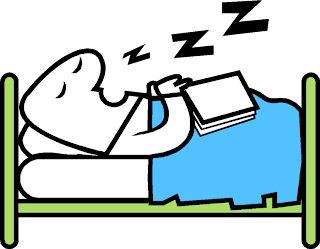In a week, my new volunteer role should be official. President of my neighborhood Community Council. A neighborhood community council plays so many different roles: supporting the business district, advocating for the neighborhood with city government, fundraising, using the internet to keep neighbors informed, publishing a newsletter, sponsoring community events such as holiday festivals and parades, and leveraging relationships with police, fire department, recreation centers, and a variety of other neighborhood and government organizations.
Am I crazy? How can I juggle this new role with work and family commitments? My last few blog posts have described elements of my strategy:
- Using a timer to ensure I spend no more than 30 minutes per day on this role (other than meetings). If I don't get everything done in that time, that's got to be OK. This is worth this much time and no more.
- Because most of the work is on the phone or on a computer, setting up my home office to hit the ground running whenever I start one of my 30 minute sessions. The key for the computer is building a "wall" between this part of my life and the rest by using a separate browser for community council work. Separate e-mail address that is always logged in. Bookmarks, "cloud" storage, websites all set up just for this work with no Facebook or any other distractions. I don't have a lot of time too "get in the zone" when I need to do this work.
- Probably most important of all, with an organization that touches so many areas, I've let the other 14 Trustees know that I have just one key goal and need their help with everything else: My goal is to make a breakthrough in how this 50+ year old organization collaborates.
- Leverage modern tools such as "Google Drive" to share files, "Teamviewer" for conference calls in which we can all see the same computer desktop, discussion boards in which topics are created and any trustee can post.
- Facilitate communication among the trustees by phone, internet, and provide more social interaction because I know that we'll be more effective if there is SOME kind of social connection.
I might get tempted to get heavily involved in an upcoming festival, in networking with government organizations, in fundraising, or in other areas. But I have to resist these temptations, ask others to step in, and focus on the one legacy I want to deliver in my one year term: a permanent improvement in how this organization collaborates. Other than the absolute "givens" for my role that are written in the by-laws, improved collaboration is my only goal.





































